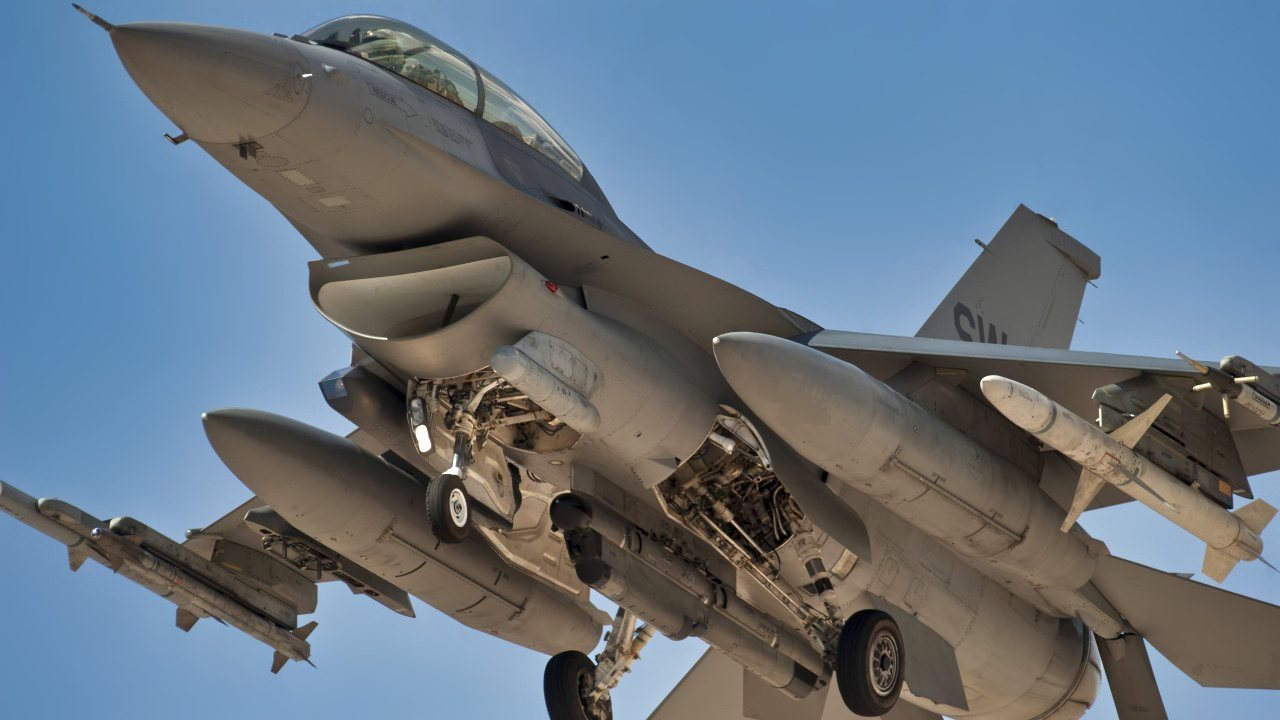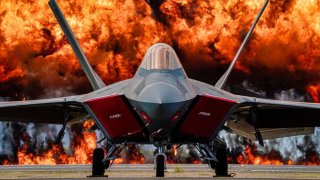The U.S. Air Force Is Shrinking Fast
The Fiscal Year 2025 budget shows that the Air Force will divest 250 aircraft (while buying just 91), reducing its fleet to below 5,000 aircraft for the first time in the history of the service branch, begging the question: how small is too small?
The U.S. Air Force is shrinking and will continue to shrink.
The Fiscal Year 2025 budget shows that the Air Force will divest 250 aircraft (while buying just 91), reducing its fleet to below 5,000 aircraft for the first time in the history of the service branch, begging the question: how small is too small?
Examining US Global Commitments and U.S. Air Force Size
Detractors are concerned that the US Air Force, by shrinking below 5,000 aircraft, is trending towards a force capacity that is unable to maintain the US’s global commitments.
Frankly, I can’t speak to the exact number of aircraft that are needed to maintain the US’s global commitments. But I can speak to the US’s global commitment, which far exceeds the global commitment of any other sovereignty in human history and is likely unsustainable.
The argument – that the USAF is becoming too small – relies upon the premise that the contemporary US global commitment is desirable, that effort and treasure should be applied toward maintaining the global commitment.
However, that premise is worth examining more closely and should not be taken as a rigid requirement of US foreign policy.
The structure of the US military should be exactly tailored towards meeting the US’s primary strategic goals, namely, preserving our regime, preserving our territorial integrity, and enhancing the American economy.
How does a smaller US Air Force effect these primary strategic goals?
Does a Small U.S. Air Force Endagner America?
Our regime, that is our 250-year-old constitutional democracy, is unlikely to fail because the US Air Force cuts their aircraft inventory below 5,000 airframes.
Historically, the greatest moments of peril to our regime would be one, the Civil War, and two, the Great Depression. Future threats to our democracy are likely to be internal, rather than external, and likely won’t be solved (or facilitated) because of anything having to do with the number of aircraft in the Air Force inventory.
Arguably, the pervasiveness of US forces abroad, the scope and ubiquity of our armed forces, inflame tensions that cause harm to our regime.
So, arguably, a reduction in force strength, and the corresponding reduction in international tensions, could ultimately enhance our regime (although this sentiment is somewhat at odds with the US need to enhance its economy, explained below).
With respect to preserving our territorial integrity the Air Force, and her airframes, play a vital role. Air superiority fighters, like the F-15 and F-22, are (counter intuitively) defensive weapons. A fleet of reliable air superiority fighters should be maintained for the sake of our territorial integrity.
But one should also note that the US enjoys the most providential geography of any nation in world history. Weak, temperate neighbors. Immense natural resources. Two oceans forming the world’s biggest moat on both sides. A civilian population that is armed to the teeth. Very little could be done to harm the US’s territorial integrity – even if the US cuts a few hundred aircraft from its inventory.

And finally, with respect to enhancing the American economy, the US has a vested interest in monitoring/influencing three regions around the globe: Europe, the Middle East, and Northeast Asia. Facilitating conditions in the global regions with the potential to affect the American economy can at times require a military presence including aircraft.
Ideally, the US would be able to assert itself in multiple regions simultaneously – while still having the resources available to defend our territorial integrity simultaneously.
What is the magic number here? I couldn’t say. But I don’t lose much sleep over a shrinking Air Force – in large part because I am skeptical that the size of the current US military budget (the largest in world history) is necessary, and in large part because so many of the people arguing to maintain or grow the USAF force structure all seem incentivized to have a larger USAF force structure.
About the Author: Harrison Kass
Harrison Kass is a defense and national security writer with over 1,000 total pieces on issues involving global affairs. An attorney, pilot, guitarist, and minor pro hockey player, Harrison joined the US Air Force as a Pilot Trainee but was medically discharged. Harrison holds a BA from Lake Forest College, a JD from the University of Oregon, and an MA from New York University. Harrison listens to Dokken.


